
Best Putting Tips for Beginners
Here are the top 10 putting tips for beginner golfers:
- Set up properly with correct grip, stance, and posture
- Use a pendulum motion with your shoulders
- Control stroke length for distance
- Read greens by looking at slopes and breaks
- Practice with drills like circle and gate drills
- Lead with your left hand (for right-handed golfers)
- Focus on rolling the ball, not hitting it
- Use your fingers for better feel and control
- Pick a spot in front of the ball to aim at
- Keep a light grip pressure
| Key Area | Tip |
|---|---|
| Setup | Eyes over ball, light grip |
| Stroke | Pendulum shoulder motion |
| Green Reading | Check slopes and breaks |
| Practice | Use drills for repetition |
| Mental | Stay relaxed and confident |
Mastering these fundamentals through consistent practice will help beginners improve their putting and lower their scores. Focus on developing a repeatable stroke and good feel on the greens.
Related video from YouTube
How to Hold and Stand
Good grip and stance are key for putting well. Here's what to focus on:
Grip
How you hold your putter affects your stroke. Remember these tips:
- Hold the putter in your palms, not fingers
- Keep your grip light (4-5 out of 10)
- Try different grips to see what works best
Stance
Your posture and how you line up matter for a smooth stroke:
- Bend from your hips
- Put your eyes right over the ball
- Bend your knees slightly
- Stand with feet shoulder-width apart
| Part | What to Do |
|---|---|
| Grip | Use palms, light pressure, try different styles |
| Stance | Bend from hips, eyes over ball, feet apart |
Posture
Good posture helps you putt the same way each time:
- Stand up straight
- Keep your arms relaxed
- Don't bend your knees too much
Practice these basics to build good habits. Try the Mirror Drill or Gate Drill to check your form and aim.
Basic Putting Technique
Learning the basic putting technique is key for new golfers. A good putting stroke has three main parts: a pendulum-like motion, control of stroke length, and a smooth follow-through. Let's look at each part:
Pendulum Motion
Think of your putting stroke like a pendulum:
- Keep your arms and shoulders in a triangle shape
- Move your shoulders back and forth, keeping the triangle
- Don't move your wrists much
Stroke Length Control
How far you move the putter back affects how far the ball goes:
| Putt Distance | Backstroke | Forward Stroke |
|---|---|---|
| Short | Short | Short |
| Medium | Medium | Medium |
| Long | Long | Long |
Try to make your backstroke twice as long as your forward stroke.
Follow-Through
After hitting the ball:
- Keep the putter head close to the ground
- Keep the same speed throughout your stroke
- Let the putter slow down naturally
Remember, focus on rolling the ball, not hitting it. Practice these steps often to get better.
Tip: When practicing, put a golf club on the ground pointing at your target. This helps you line up your putts better.
Reading Greens and Aiming
Learning to read greens and aim your putts is key to better putting. Here are some tips:
Green Basics
Greens are built to drain water, so they always have some tilt. Watch how water moves on the green to understand its shape.
Look Before You Get There
Start looking at the green as you walk up to it. Try to spot:
- High and low points
- Main tilt direction
Many greens slope from back to front. This early look can help you plan your putt.
Focus on Distance and Speed
Getting the right distance is more important than perfect aim. To judge speed:
- Check if the putt goes uphill, downhill, or is flat
- Walk past the hole to your ball to feel slopes with your feet
- Look at areas 3 feet to each side of your line to spot side slopes
Even if you're a bit off-line, good distance control can help avoid three-putts.
Picture the Ball's Path
Try to see in your mind how the ball will roll to the hole. Think about:
- The green's slope
- How the ball will move towards higher ground
- How it will break back to the hole
This can help you feel more sure about your putt.
Use the Plumb-Bob Method

Many golfers use this trick to check the green's slope:
| Step | Action |
|---|---|
| 1 | Hold your putter by the grip, let the head hang down |
| 2 | Line up the shaft with your target |
| 3 | Look at how the putter head hangs |
If the head points left, the green slopes left. If it points right, the green slopes right.
This can help you figure out which way your putt will break.
Ways to Practice
Here are some good ways to get better at putting:
1. Circle Drill
This helps you make short putts more often:
- Put balls in a circle around a hole
- Start with 3-foot putts
- Try to make as many in a row as you can
- Move farther back as you get better
This drill helps you feel more sure about short putts in real games.
2. Gate Drill

This helps you hit the ball straight:
- Put two tees a bit wider than your putter head
- Put your ball between the tees
- Practice putting through the "gate" without hitting the tees
- Focus on keeping your putter straight
This drill helps you hit the ball where you want it to go.
3. Distance Control Drill
This helps you avoid three-putts:
| Distance | What to do |
|---|---|
| 10 feet | Put a tee here |
| 20 feet | Put another tee here |
| 30 feet | Put a third tee here |
| 40 feet | Put a fourth tee here |
- Put tees at these distances
- Try to putt close to each tee
- Putt to each tee in order, then backwards
- Do it again from the other side
This drill helps you get better at long putts.
4. One-Handed Putting
This simple drill helps you putt better:
- Pick a target on your carpet or practice green
- Start with short putts (3-6 feet) using only one hand
- Try to keep your putter straight and square to the target
- Make the putts longer and the target smaller as you get better
This drill helps you feel the putter better and improves how you putt.
Mistakes to Watch Out For
Here are some common putting errors beginners often make and how to fix them:
1. Poor Alignment
Many golfers don't line up their feet, hips, and shoulders correctly. To fix this:
- Use training mirrors or alignment sticks
- Make sure your feet, hips, and shoulders are parallel to the target line
- Check your alignment before each putt
2. Wrong Grip
A bad grip can make your putts less accurate. To improve:
| Grip Tip | Description |
|---|---|
| Try different styles | Test reverse overlap, cross-handed, or claw grips |
| Stay consistent | Once you find a good grip, keep using it |
| Check pressure | Hold the putter firmly but not too tight |
3. Misreading the Green
Not understanding the green can hurt your putting. To get better:
- Look at the green's slope and condition
- Think about wind and moisture
- Picture how the ball will roll to the hole
4. Bad Ball Position
Where you place the ball matters. To get it right:
- Put the ball in line with your shirt buttons
- Don't set up too far forward
- Keep the ball in the same spot for every putt
5. Uneven Tempo
A steady rhythm is key for good putting. To improve:
- Make your backstroke twice as long as your follow-through
- Practice with a metronome
- Stay relaxed during your stroke
1. Lead with Your Left
Using your left hand to lead your putting stroke can help you putt better. This method helps you keep the putter straight and makes your stroke smoother. Here's why it works and how to do it:
Why leading with your left is good:
- Keeps your shoulders lined up with where you want to putt
- Makes your putting stroke smoother
- Helps you putt more accurately
Try this drill to practice:
- Stand like you normally do when putting
- When you start to putt, let go with your right hand
- Finish the putt using only your left hand
This drill helps you feel how to start your putt correctly and teaches your left hand to guide the putter. If you practice this often, you'll putt better.
For right-handed golfers:
| Hand | Role in Putting |
|---|---|
| Left | Guides the putter, keeps it low |
| Right | Gives power and feel |
Remember, your left hand is important for keeping the putter close to the ground when you hit the ball. This stops you from lifting the putter too soon, which can make your putt go off course.
If you use this method when you putt, you'll likely see more of your putts go in the hole. Focus on letting your left hand lead, and you should see better results on the green.
2. Think Roll, Not Hit
When putting, focus on rolling the ball instead of hitting it. This helps you putt more smoothly and accurately.
To roll the ball well:
- Keep your arms close to your body
- Let your shoulders move like a rocking chair
- Keep your stroke smooth from start to finish
Try to make the ball roll end-over-end. This helps it stay on course and not jump or slide.
| Hitting | Rolling |
|---|---|
| Ball may jump | Ball moves smoothly |
| Less steady | More steady |
| Hard to control distance | Easier to control distance |
To practice:
- Hit the ball softly
- Think of your putter as part of your arms
- Move your arms like a rocking chair to roll the ball
If you do this a lot, you'll start to putt better and more often get the ball in the hole.
3. Use Your Fingers
Your fingers play a big role in how well you putt. Here's what to keep in mind:
-
Grip pressure: Hold the putter lightly, about 4-5 out of 10. This helps you feel the putt better.
-
Finger placement: Try different ways to place your fingers. Some golfers like to put their index finger down the shaft, while others keep all fingers on the grip.
-
Finger control: Use your fingers to keep the putter face straight when you hit the ball. This can help you putt more accurately.
| Finger Technique | How It Helps |
|---|---|
| Light grip | Better feel and more steady putts |
| Index finger down shaft | More control for some golfers |
| All fingers on grip | Might make the putter more stable |
Try these tips to see what works best for you. Remember, everyone's hands are different, so find what feels right and stick with it.
sbb-itb-ea6abd0
4. Spot the Spot
Spot putting helps golfers putt more accurately. Here's how to do it:
-
Pick a spot: Choose a point about 6 inches in front of your ball on your putting line. Look for something easy to see, like a different-colored grass blade.
-
See the path: Picture your ball rolling over the spot and to the hole. This helps you focus on a smaller target.
-
Keep your head down: Look at the spot while you putt. This stops you from looking up too soon, which can make you miss.
-
Practice: On the practice green, put tees around the hole at different distances. Practice putting over your chosen spots.
| Why Spot Putting Helps | How It Works |
|---|---|
| Better aim | You focus on a closer target |
| Smoother putts | Your head stays still |
| Clearer picture | You see the whole putt path |
| More trust in your putt | Makes putting simpler |
5. Keep Your Grip Light
Holding your putter with the right amount of pressure is key for good putting. Here's why it matters and how to do it:
Why a Light Grip Helps:
- Makes it easier to feel the putt
- Lets your arms swing more naturally
- Keeps your hands and arms relaxed
- Helps you putt more consistently
Finding the Right Grip Pressure: Think of grip pressure on a scale from 1 to 10. Aim for about 4 or 5. This gives you control without losing feel.
How to Get the Right Grip:
- Hold the putter like you're holding a small bird - firm enough to keep it, but gentle enough not to hurt it
- Grip more with your fingers than your palms
- Keep your wrists and arms relaxed
- Try different pressures when practicing to see what works best
| Grip Pressure | What Happens |
|---|---|
| Too Light (1-3) | Hard to control, might hit the ball oddly |
| Just Right (4-5) | Good balance of feel and control |
| Too Tight (6-10) | Stiff arms, less feel for the putt |
Practice with different grip pressures to find what feels best for you. Remember, a lighter grip often leads to better putting.
6. Get Your Eyes in the Right Spot
Where you put your eyes when putting is very important. Here's how to do it right:
- Eyes Over or Just Inside the Ball
Put your eyes right over the ball or a little bit inside the line from the ball to the hole. This helps you see the putt better and line up your shot.
| Eye Position | What It Does |
|---|---|
| Over the Ball | Most common way, many coaches like this |
| Slightly Inside | Some players find it helps see the line better |
| Outside the Ball | Don't do this - it makes it hard to aim well |
- Check Your Eye Position
To make sure your eyes are in the right spot:
- Hold your putter straight up at arm's length
- Close one eye (left eye if you're right-handed)
- Line up the putter with the ball
- Your open eye should be right above or just inside the putter
- Use a Putting Mirror
A putting mirror is a good tool to practice getting your eyes in the right spot. It shows you where your eyes are, so you can set up the same way each time.
7. Simplify Green Reading
Reading greens can be hard for new golfers, but there are ways to make it easier. Here are some tips to help you read greens better:
1. Break the putt into parts
For long putts:
- Split the putt into three parts
- Look at each part on its own
- This makes it easier to understand the whole putt
2. Think about water
Imagine water on the green:
- Picture where it would flow
- This helps you see high and low spots
- Knowing the slopes helps you putt better
3. Look from behind the ball
Step back from your ball:
- This gives you a better view of the whole green
- You can see slopes and breaks more clearly
4. Check different things
When reading a green, look at:
| What to Check | Why It Matters |
|---|---|
| Grass direction | Ball tends to move with the grass |
| Slope | Look from behind the hole to see it better |
| Green speed | Know how fast the green is to hit the right strength |
| How far away | Longer putts usually curve more |
8. Line Up Your Putts
Lining up your putts correctly can help you putt better. Here are some tips:
-
Use ball marks: Look for lines or logos on your golf ball to help you aim. If your ball doesn't have these, you can draw a straight line on it. This can make you feel more sure about your putt.
-
Aim at your start line: After you read the green and decide how hard to hit, point your ball where you want it to start. Many pro golfers do this to putt more accurately.
-
Try aiming tools: Some putters, like the Odyssey 2-Ball Ten, have marks that help you line up. These can help you point your ball and putter face the right way.
-
Practice with drills: Use drills to get better at lining up. Here are two you can try:
| Drill | How to Do It | What It Helps With |
|---|---|---|
| Chalk line | Draw a line on the green with chalk and try to putt along it | Shows if your ball starts on the right path |
| Putting Tutor | Use this tool made by Dave Pelz | Helps with both aim and speed |
9. Practice Distance Control
Getting better at controlling how far your putts go is key to lower scores. Here are some good ways to practice:
-
Ladder Drill: Put targets at different distances from the hole. Start close and move back. Try to get each putt within 3 feet of the hole. This helps you feel different distances.
-
Steady Rhythm: Keep a 2:1 beat in your putting stroke (back twice as long as forward). Use a phone app to time your strokes and build muscle memory.
-
Distance Markers: Learn how far your putts go with different strokes. Practice from 1-meter steps to help judge distances on the course.
-
Soft Grip: Hold the putter lightly to feel the putt better and make smoother strokes. This helps a lot for longer putts.
-
Roll, Don't Hit: Think about rolling the ball smoothly instead of hitting it. This helps control distance and stops the ball from jumping.
| Practice Tip | What It Does | How to Do It |
|---|---|---|
| Ladder Drill | Improves distance feel | Set targets at increasing distances |
| Steady Rhythm | Builds consistent stroke | Use 2:1 tempo (back:forward) |
| Distance Markers | Helps judge putt length | Practice from 1-meter increments |
| Soft Grip | Enhances feel | Keep hands relaxed on putter |
| Roll Technique | Promotes smooth putts | Focus on rolling, not hitting |
These tips can help you get better at controlling your putts. Practice them often to see improvement in your game.
10. Rock the Shoulders
Moving your shoulders the right way is key for good putting. Here's how to do it:
-
Turn, don't tilt: Move your shoulders side to side, not up and down. This keeps your head still.
-
Use your shoulder blades: Focus on moving your shoulder blades across your back. This makes your putter move just right.
-
Keep it simple: The easier your stroke, the more you can do it the same way each time.
To practice:
- Stand up straight with a club across your shoulders.
- Turn your shoulders left and right. Keep your head still.
- Do this same turn when you're in your putting stance.
When you move your shoulders right, it's like a pendulum. This helps you control how far and where your putt goes. If you practice this, you'll putt more smoothly and the same way each time.
| Wrong Way | Right Way |
|---|---|
| Moving shoulders up and down | Turning shoulders side to side |
| Keeping upper body stiff | Letting shoulders move naturally |
| Using only hands and wrists | Using bigger arm and shoulder muscles |
| Hitting the ball hard | Rolling the ball smoothly |
Wrap-up
Great job! You've learned key putting tips to help your golf game. Let's go over the main points to make you a better putter:
-
Set up the same way: Make a routine for how you stand, where you put the ball, and how you hold the putter. This helps you putt the same way each time.
-
Practice smart: Work on short putts (under six feet) and long putts (around 40 feet). These are important for saving par and avoiding three-putts.
-
Practice at home: If you can, get a putting mat or small green for your home. This lets you practice even when you're not at the golf course.
-
Read the green: Take time to look at the slopes. Keep it simple by focusing on the last few feet of where your putt will go.
-
Move your shoulders right: Turn your shoulders side to side, not up and down. Use your shoulder blades to make a smooth back-and-forth motion.
To get better, use these tips when you practice. Whether you're on the course or at home, practicing often is the key to feeling sure about your putting. Remember, every good golfer started as a beginner – if you keep working at it, you'll get much better at putting.
| Where to Practice | What to Work On |
|---|---|
| Golf Course | Short putts, long putts, reading greens |
| Home | How you move the putter, your routine, controlling distance |
Keep working on your skills, and try different ways to putt to find what works best for you. Good luck with your putting, and we hope your golf scores get better!
FAQs
How to put more accurately?
To improve your putting accuracy, focus on these key areas:
1. Setup
- Create a simple pre-putt routine
- Stand correctly and line up well
- Use the marks on your putter to aim
2. Grip and pressure
- Try different ways to hold the putter
- Keep your grip light
3. Practice often
- Spend about half your practice time on putting
- Use drills like the gate drill to get better
4. Read the green
- Look at how the green slopes
- Focus on the last few feet of your putt
- Keep it simple when you read the green
5. Putting stroke
- Use your shoulders to move the putter
- Don't move your wrists much
- Think about rolling the ball, not hitting it
| Area to Improve | What to Do |
|---|---|
| Setup | Make a routine, stand right, use putter marks |
| Grip | Try different holds, keep grip light |
| Practice | Do putting drills, practice often |
| Green Reading | Check slopes, focus on end of putt |
| Stroke | Use shoulders, roll the ball |



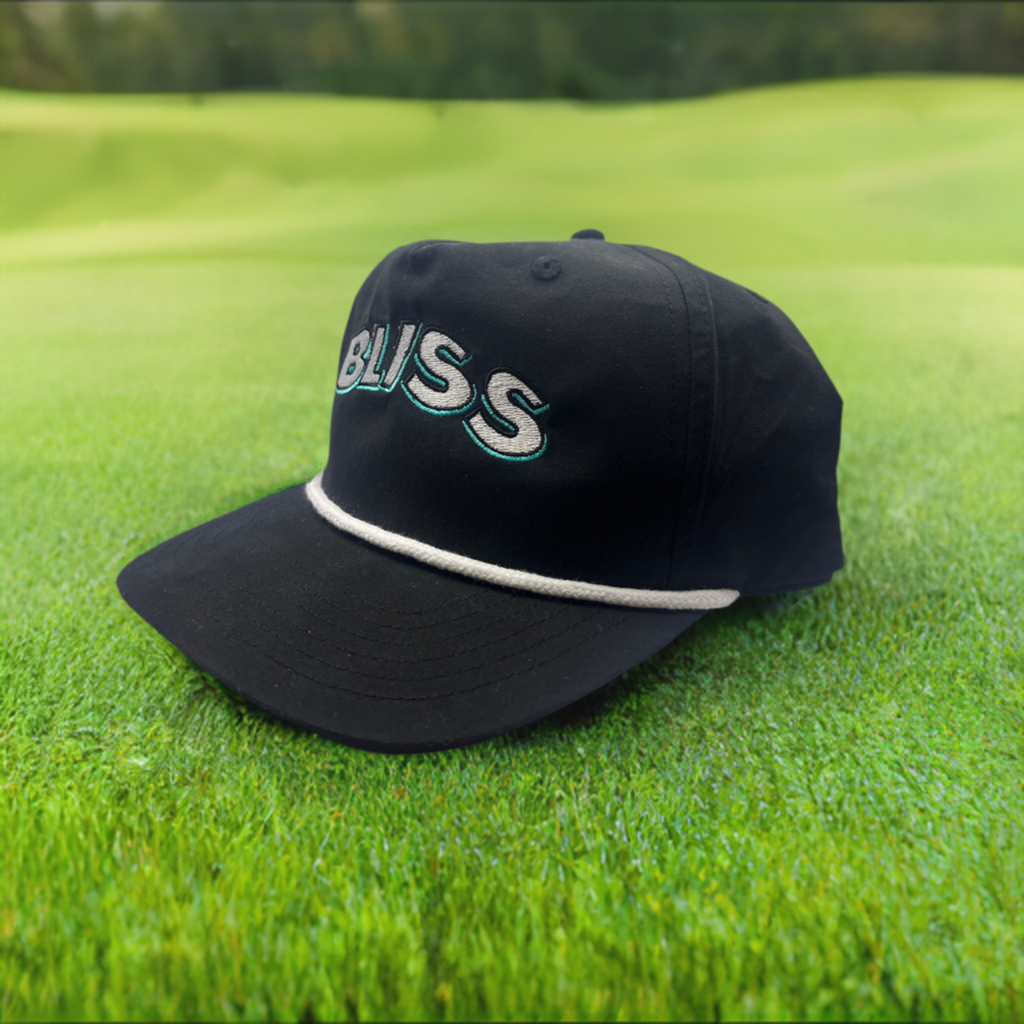
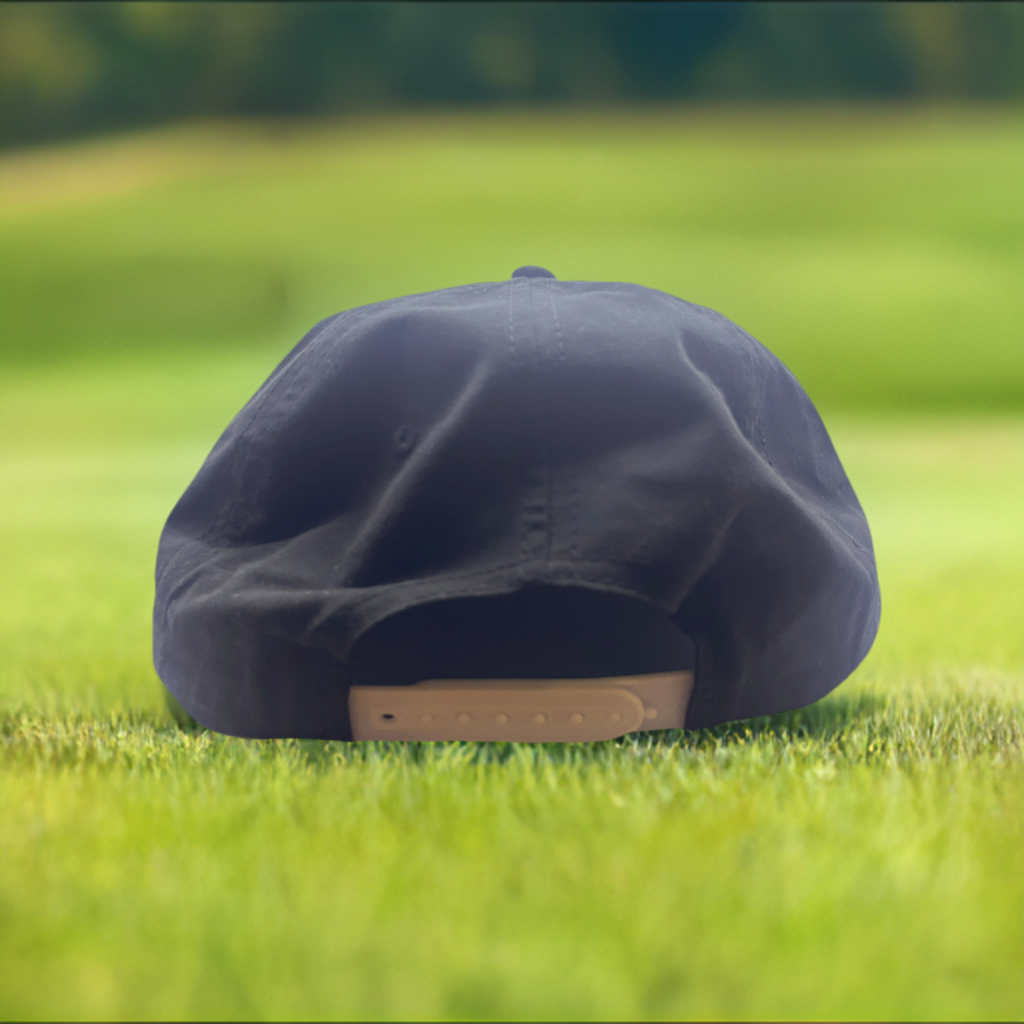
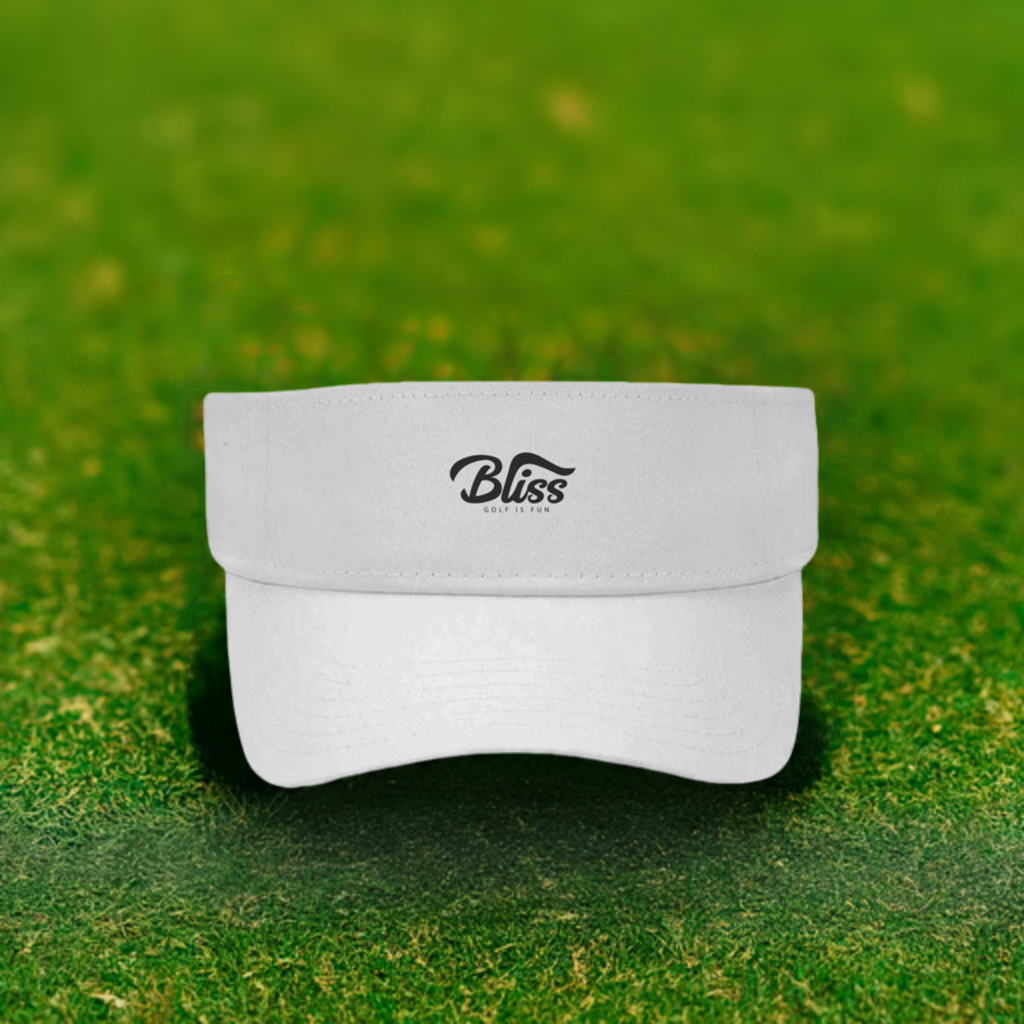
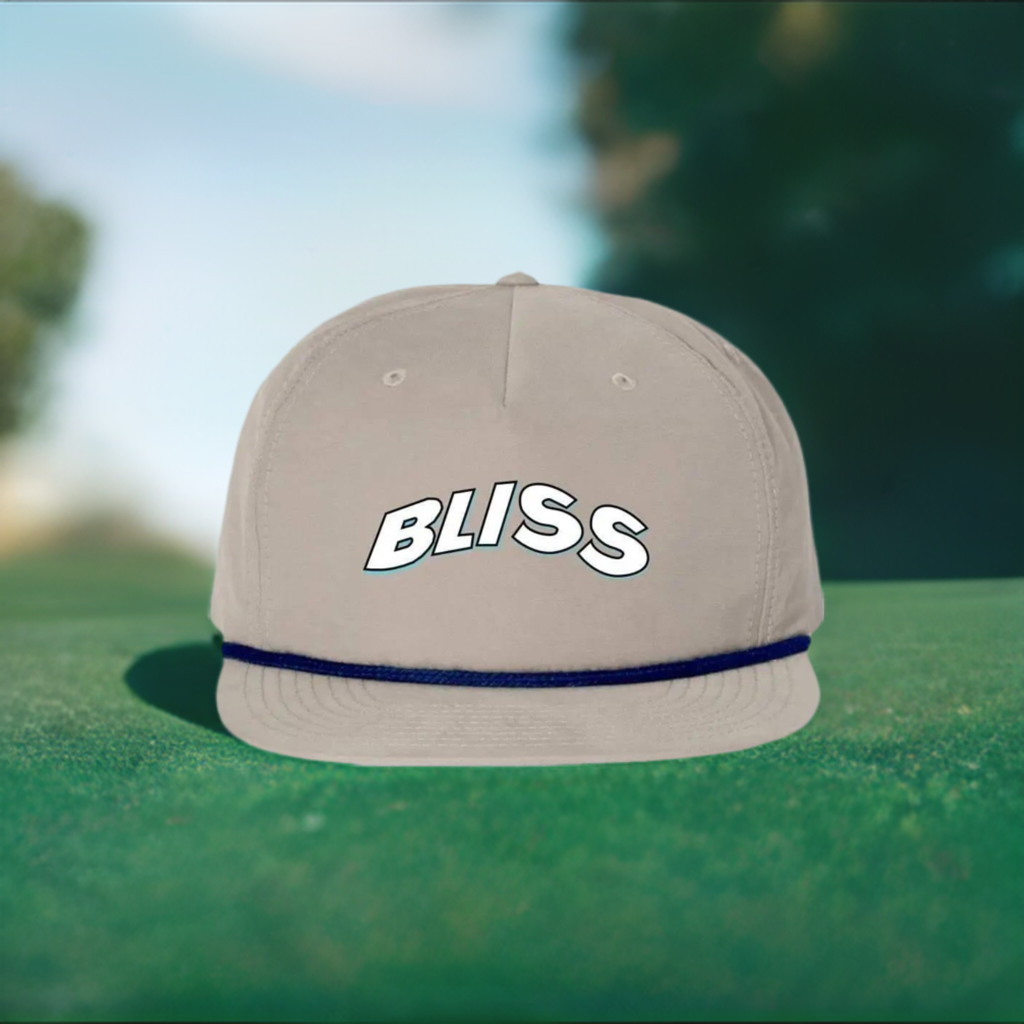
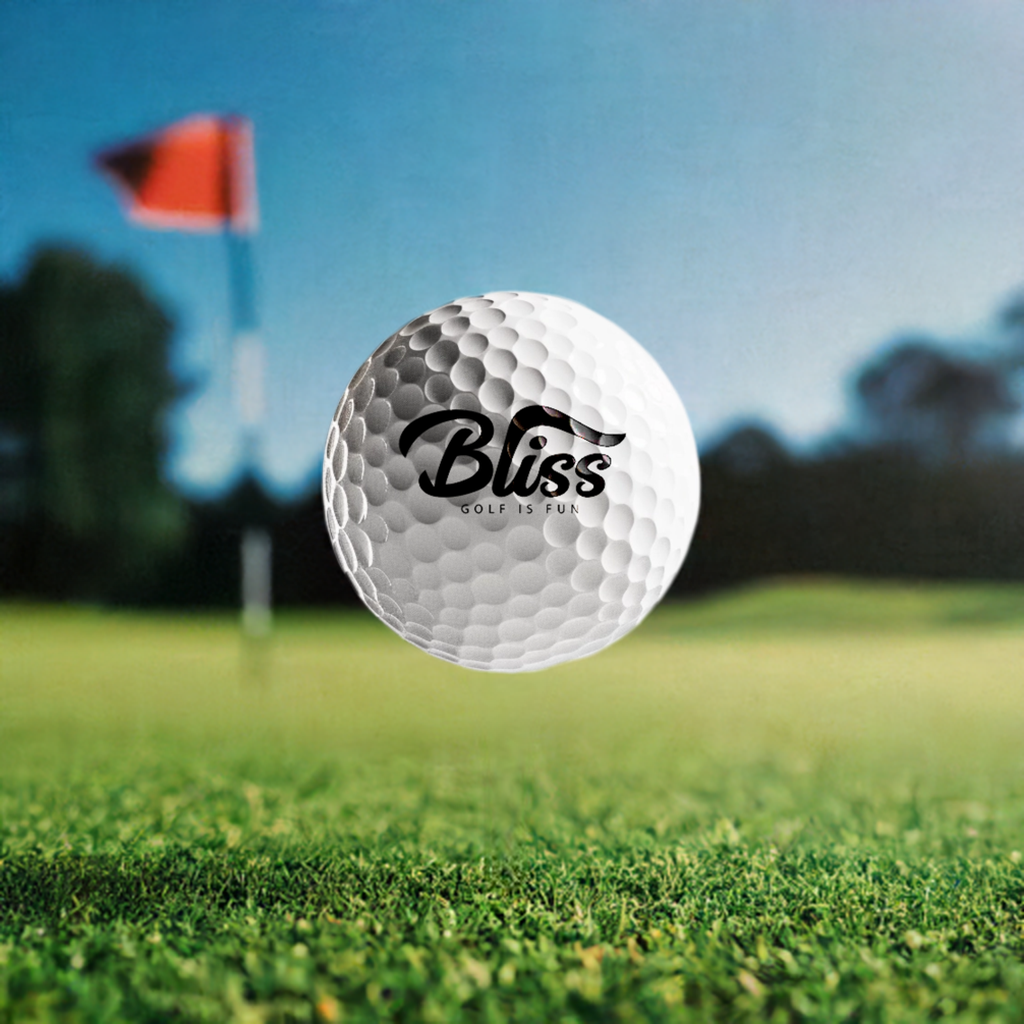
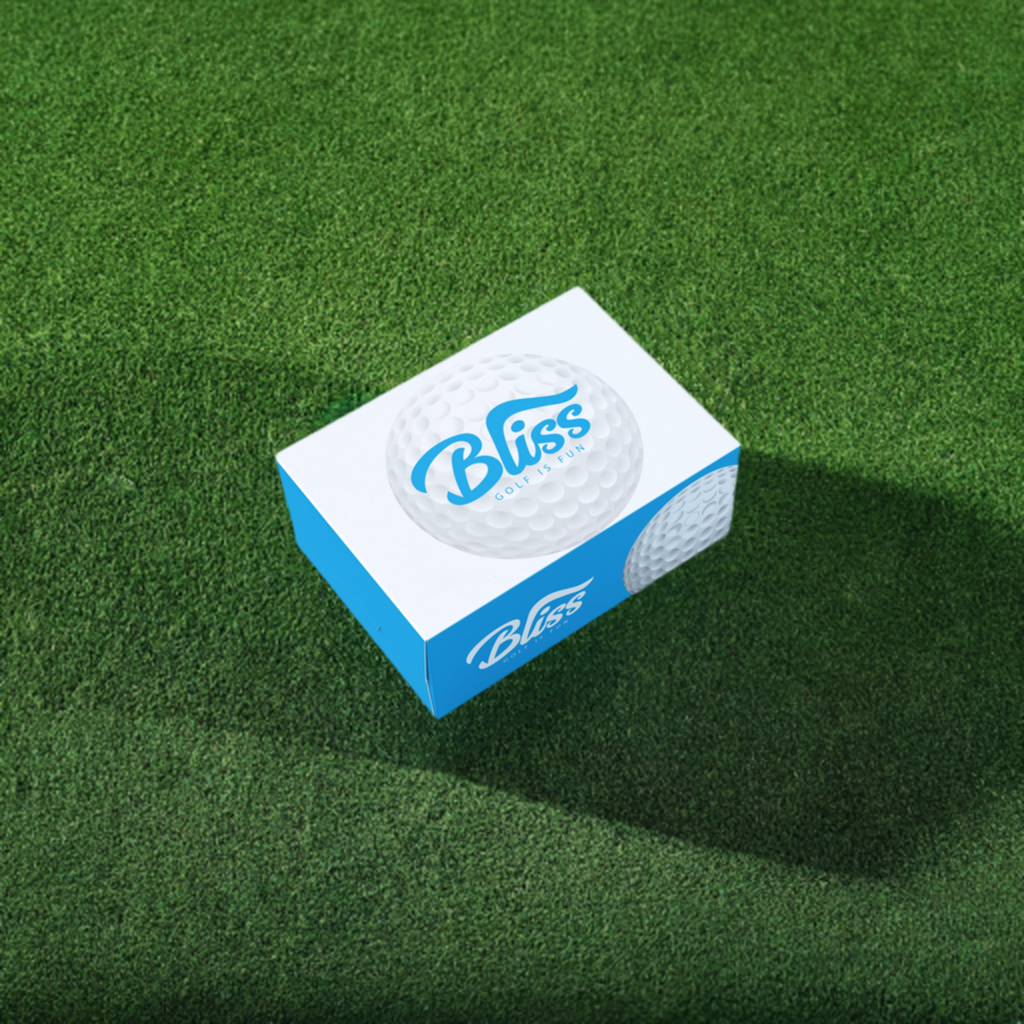

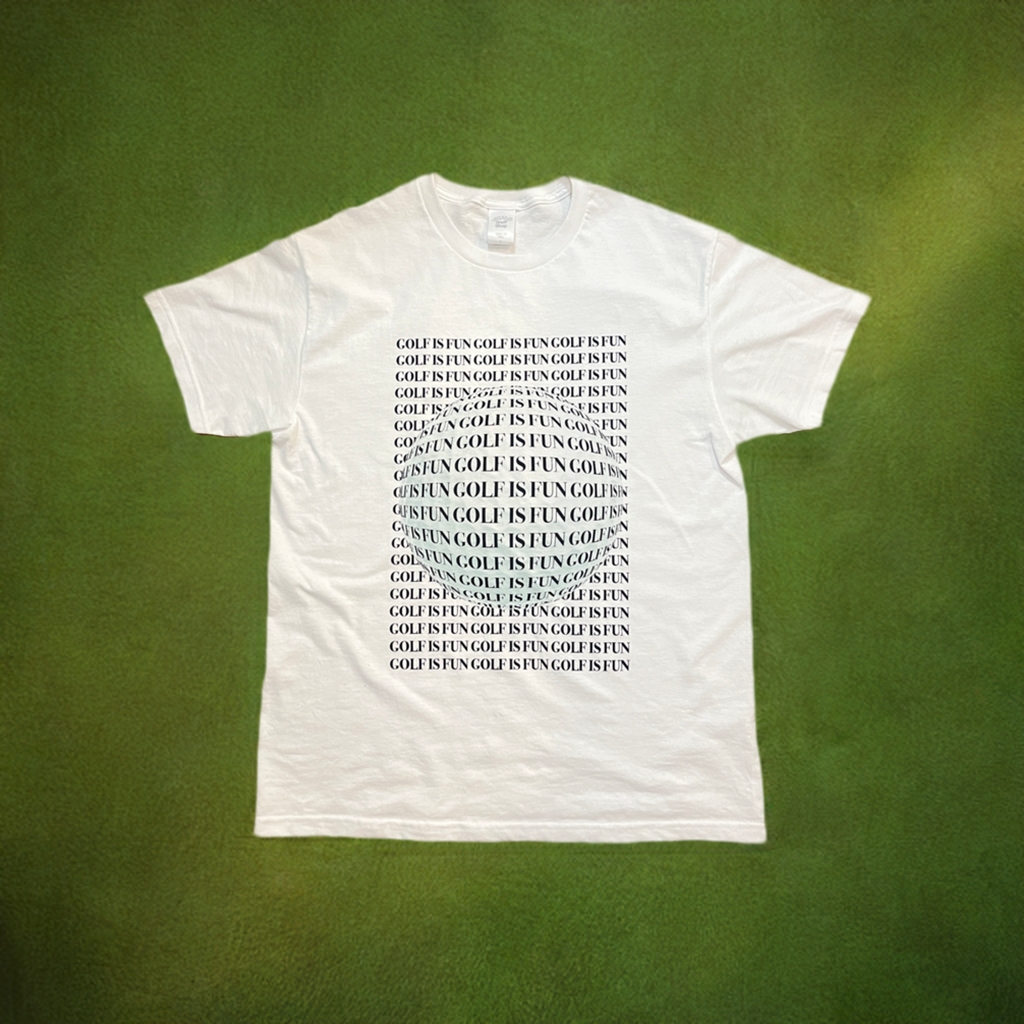
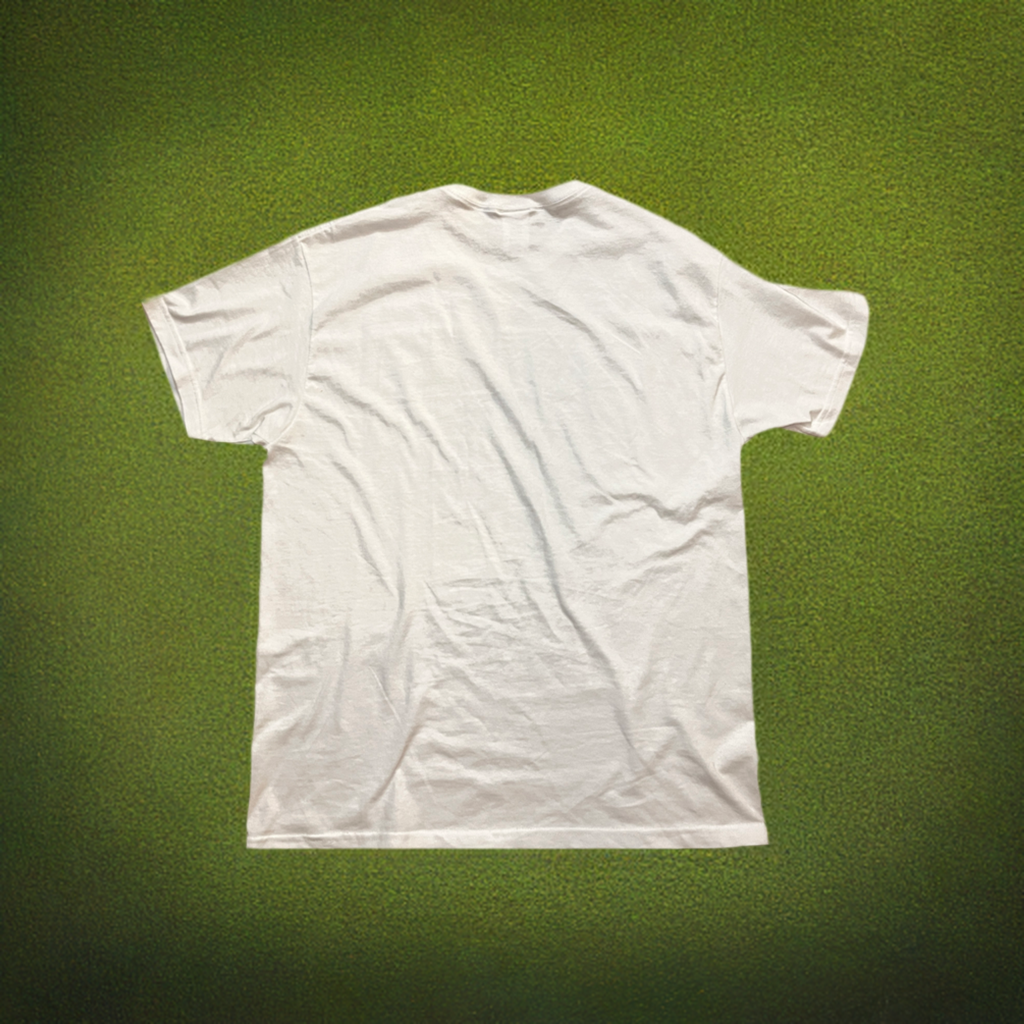

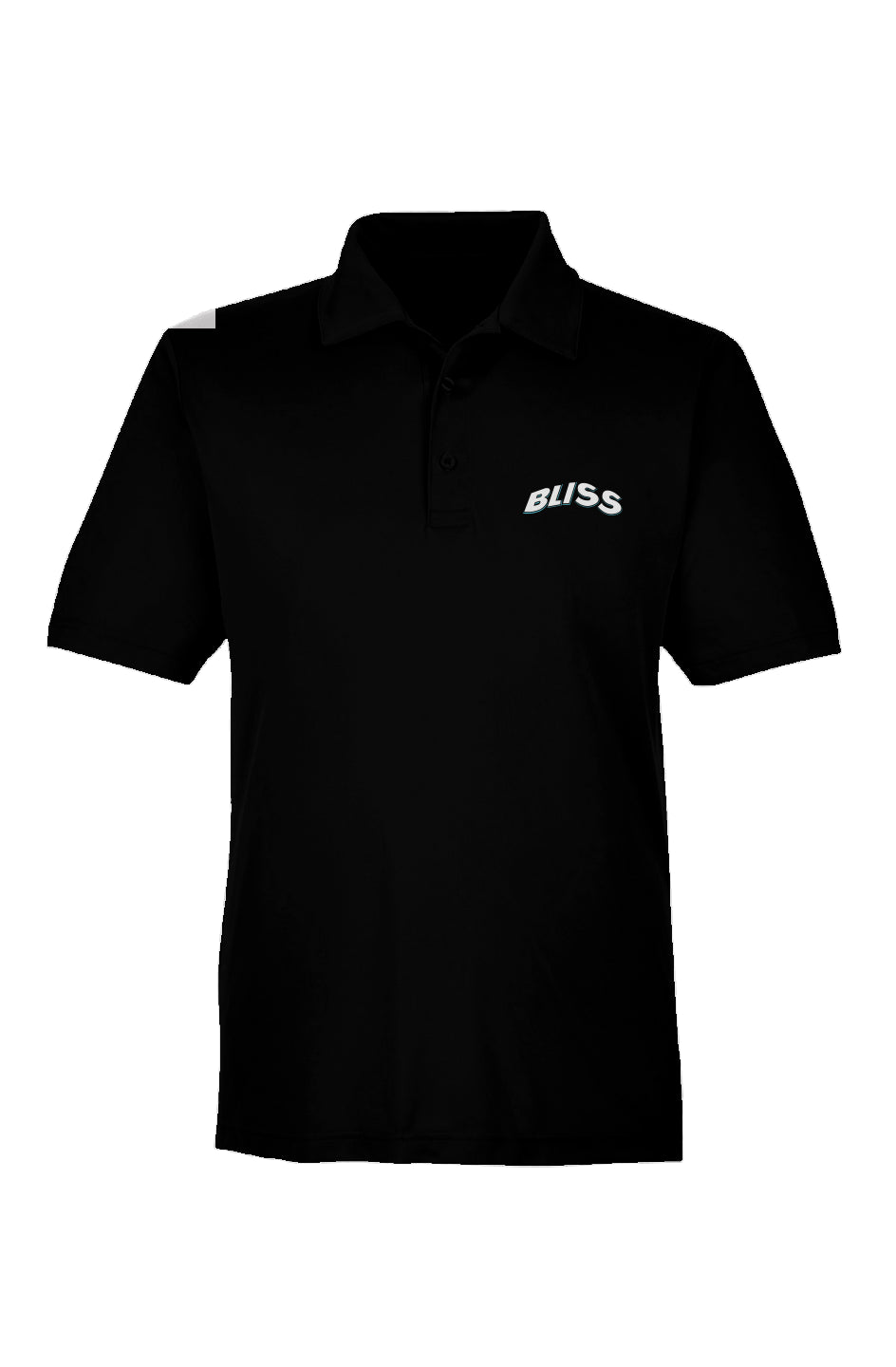

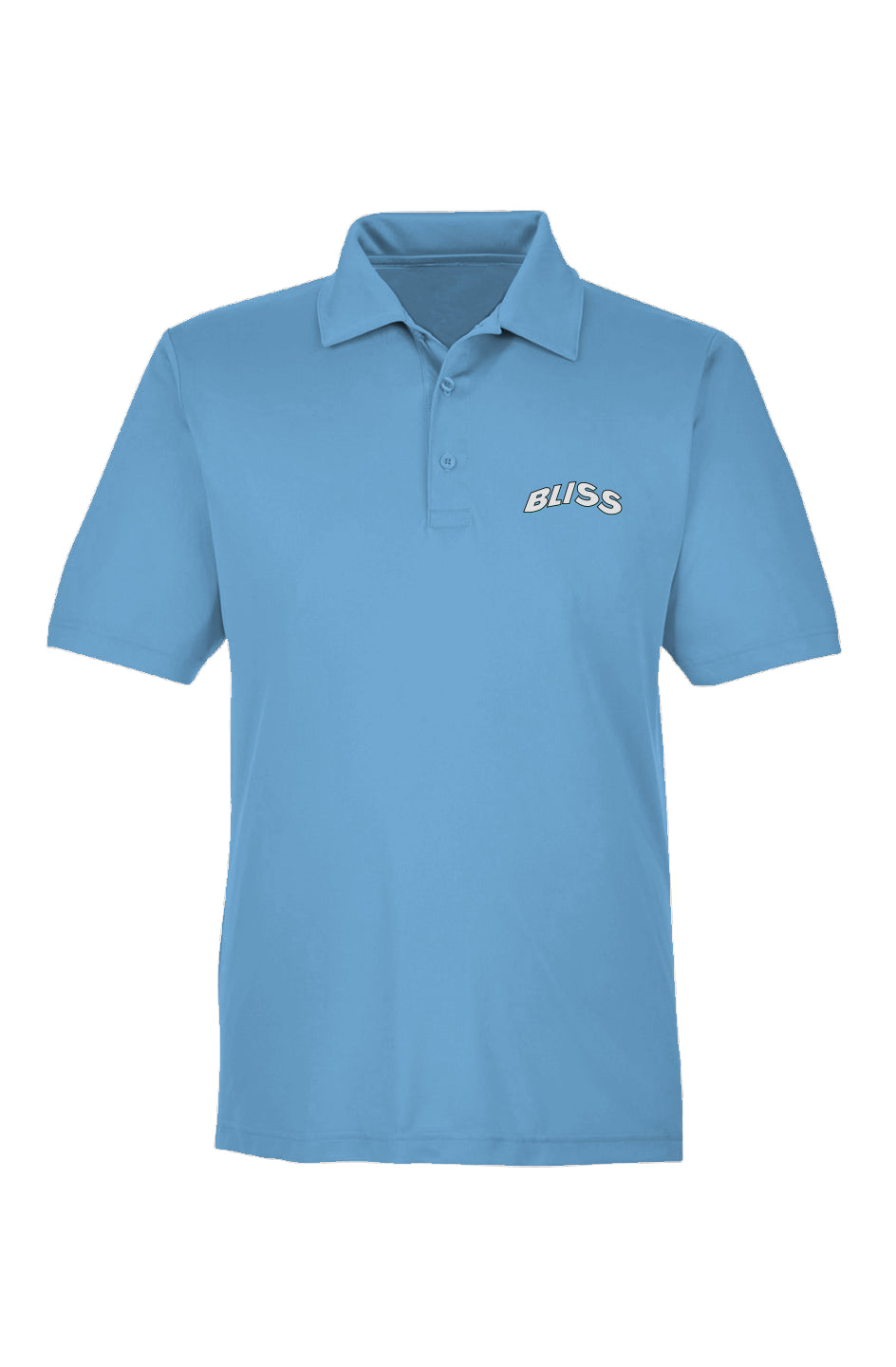
Leave a comment
This site is protected by hCaptcha and the hCaptcha Privacy Policy and Terms of Service apply.